Saha to Bose : 6 Unsung Indian Scientists Nominated For the Nobel Prize
Did you know that Meghnad Saha was never awarded the Prize despite seven nominations? Or that SN Bose missed it even after five consecutive nominations? #ForgottenHeroes #IndiansInScience

While Indians are celebrating the Nobel Prize win of Indian-origin economist Abhijit Banerjee, a lot of relevant debates are surfacing. One of the most trending discussions being – Why India has not secured a single Nobel Prize in core sciences since Sir C V Raman earned the sole honour in Physics in 1930.
In this article, we trace the life and legacy of six brilliant Indian scientists nominated for the prestigious Nobel Prize. Unfortunately, the ultimate honour eluded them, but their researches have paved the groundwork for future Nobel-worthy discoveries.
Behold the marvel of science, in a sustainable, pocket-friendly and portable way! Buy this Nanoclean AC filters today!
Despite multiple nominations, these six Indian geniuses failed to make it to the final list of Nobel Laureates. However, it is high time we revisit their contributions to the scientific scene of India.
1. Meghnad Saha
A pioneer astrophysicist hailing from Bengal, Meghnad Saha introduced the world to Thermal Ionisation Equation (better known as the Saha Equation) which demonstrated the relationship between an element’s ionisation state to the temperature and pressure. The equation helped his scientific successors to perform accurate spectral classification of stars.
Born in 1892 in Dhaka of undivided Bengal, Meghnad Saha was the fifth child of eight. Though he came from a considerably lesser privileged background, he persevered through all hurdles to emerge as one of the leading scientific men of the time. During his lecturership at the Calcutta University College of Science, Saha wrote some brilliant papers that could not be published owing to budget constraints of the college.
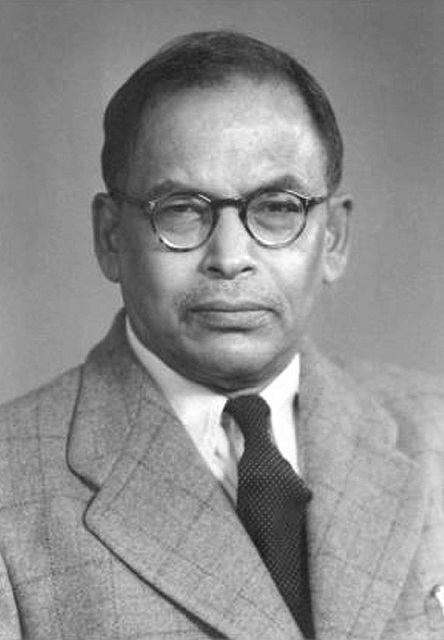
In 1919, he earned the Premchand Roychand Scholarship for his dissertation on ‘Harvard Classification of Stellar Spectra’ which helped him travel to Europe to work with leading scientists for two years.
It was in Europe in 1920 that Saha discovered his equation. After coming back to India, Saha built the first cyclotron in the country. He also started Indian Science News Association (1935) and Institute of Nuclear Physics (1950).
In 1930, 1951 & 1955, Saha was nominated for the Nobel Prize in Physics by Debendra Mohan Bose and Sisir Kumar Mitra. In 1937 and 1940, Nobel Laureate Arthur H Compton also nominated Saha’s name. However, despite seven nominations, Saha was never awarded the prize.
2. Homi Jehangir Bhabha
Hailed as the Father of Indian Nuclear Programme, Homi J Bhabha was an Indian nuclear physicist who was nominated five times consecutively for the Nobel Prize in Physics between 1951 and 1956, by French Mathematician Jacques Hadamard.
However, the Prize eluded the man behind two of India’s elite scientific institutions – Tata Institute of Fundamental Research (TIFR) and Bhabha Atomic Research Centre.
Born in 1909 to an influential business tycoon in Bombay, Bhabha attended the Royal Institute of Science in 1927 after completing his schooling in Elphinstone College. He later joined Caius College of Cambridge to pursue Mechanical Engineering as per his family’s wish. However, in Cambridge, his interest piqued in theoretical physics, and he devoted himself to that domain.
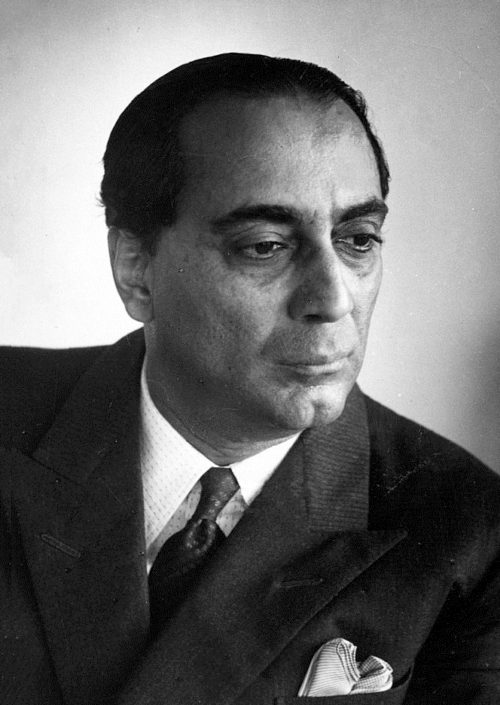
In 1933, Bhaba published his first paper – “The Absorption of Cosmic Radiation” – where he attempted to explain the concept in a novel way. His brilliant potential as a budding researcher took him to work with Niels Bohr directly. In 1935, Bhaba calculated the cross-section of electron-positron scattering – a phenomenon later renamed as Bhaba Scattering in his honour.
After his return to India in 1939, he worked under Sir C V Raman at the Indian Institute of Science (IISc). He failed to return to Cambridge for further research due to World War II. In India, he later went on to develop a conducive scientific temper for atomic energy research in the country and convinced the then Prime Minister Nehru to establish the Atomic Energy Commission in 1948.
Throughout his life, he was a strict advocate of peaceful use of nuclear energy. He was even appointed the President of the United Nations Conference on the Peaceful Uses of Atomic Energy in Geneva, Switzerland in 1955.
3. Satyendra Nath Bose
His name now reverberates at the very foundation of Particle Physics through the Bose-Einstein statistics, Bose-Einstein condensate as well as the subatomic ‘boson’ particle christened after him. He was, in fact, a pioneer figure in the field of Quantum Mechanics. And yet, Satyendra Nath Bose never won a Nobel Prize in Physics, though, several of his successors earned the honour by furthering on his work.
Born on 1 January 1894, in a middle-class family of Calcutta (Kolkata), Bose topped both his Bachelor’s and Master’s degree in Mixed Mathematics from Presidency College. Later, he found his forte in Einstein’s freshly published theory of relativity and pursued his research in the nascent domain of Quantum Physics.
At that time, French or German scientists were publishing most of the pathbreaking research works. The language barrier, coupled with the advent of World War I, took a toll on the pursuance of advanced research in India. So, Bose, along with his contemporary Meghnad Saha learnt French and German languages and co-published ‘The Principles of Relativity’ in 1920 – the first-ever English translation of Einstein’s works in both German and French.
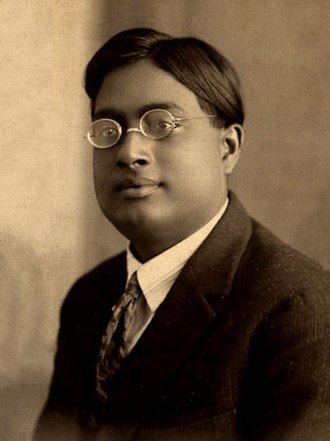
Bose’s next research at the University of Dhaka was one of his most important deductions – as it would go on to derive German physicist Max Planck’s Quantum Radiation Law without any reference to classical physics.
In June 1924, Bose corresponded with Einstein himself, sending him details about his groundbreaking derivation. Amazed by Bose’s conclusions, Einstein translated his entire theory in German and got it published in Europe with the personal note – “Bose’s derivation of Planck’s formula appears to me an important step forward. The method used here gives also the quantum theory of an ideal gas, as I shall show elsewhere.”
He earned the opportunity to work at the Laboratory of Maurice de Broglie in France where he mastered advanced techniques of X-ray spectroscopy and crystallography. He also met Einstein, Paul Langevin and Madame Curie in person.
After his return to India, he devoted himself to escalating his research to the next stage. He also took a keen interest in translating all his research into Bengali, as he was a staunch advocate of practising science in one’s mother tongue.
Bose’s first nomination for the Nobel Prize in Physics came in 1956 from Prof. K Banerji. Later he was also nominated by D S Kothari (1959), S N Bagchi (1962) and A K Dutta (1962). The missed Nobel Prize did not deter him in the least as he was famously quoted saying, “I have got all the recognition I deserve.”
4. Dr Upendranath Brahmachari
The discoverer of Urea Stibamine, the life-saving drug for the deadly Kala-azar, narrowly missed India’s first and only chance at the Nobel Prize in Medicine till date. He was nominated for the first time in 1929 by Indian biochemist and pharmacologist Sudhamoy Ghosh. Later, 1942, Brahmachari received five nominations for the same from distinguished medical personalities.
U N Brahmachari was born in 1873 in Jamalpur, Bihar to a family with a medical background as his father was a noted physician. Though Brahmachari would finally earn his PhD in medicine for his thesis on Hemolysis, he had started his higher education with a dual degree in Mathematics and Chemistry. Later, he switched from a Master’s course in Chemistry to pursue a Doctor of Medicine (MD) degree.
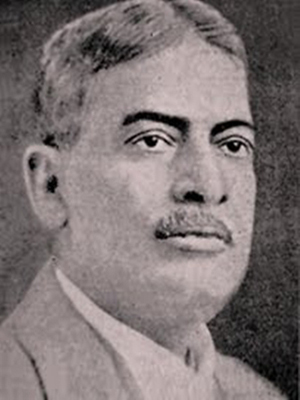
During his stint as a practising physician at Campbell Medical School, Kolkata, Brahmachari simultaneously executed his research work on Kala-azar. In a tiny, ill-equipped room, he would painstakingly conduct experiments with the bare minimum medical equipment and chemicals. He finally tasted success in 1922 after discovering an agent against Kala-azar, the urea salt of para-aminophenyl stibnic acid, which he named Urea Stibamine.
Though he did not receive the Nobel Prize in Medicine, he was bestowed with a Knighthood by the British Government in 1934 for his lifesaving contribution to the field of healthcare.
5. Gopalasamudram Narayanan Ramachandran
To any student of Biochemistry, the Ramachandran plot is a basic necessity. However, it is hardly remembered that unsung Indian physicist behind the famous Ramachandran plot was India’s first-ever nomination for the coveted Nobel Prize in Chemistry.
Ramachandran was nominated by the Nobel Laureate Sir C V Raman himself in 1964. In fact, he was a research scholar under Raman’s supervision at the IISc.
Born in 1922 in Ernakulam, Kerala, Ramachandran studied BSc honours in Physics from St. Joseph’s College, Tiruchirappalli. Later, during his Master’s and PhD at IISc, he delved into the study of crystal optics and crystal physics.

Between 1947 and 1949, Ramachandran went on to work at the prestigious Cavendish Laboratory in Cambridge where he earned his doctorate in X-ray diffuse scattering.
Upon his return to India, Ramachandran concentrated on developing a ‘yardstick’ to assess structures of all polypeptides – which led to the discovery of Ramachandran Plot in 1962.
He was honoured with the Fellowship of the Royal Society of London.
6. Thiruvengadam Rajendram Seshadri
T R Sheshadri was a Padma Bhushan Indian chemist whose remarkable research in organic chemistry earned him a Nobel Prize nomination in Chemistry in 1966. Prof N V Subba Rao nominated him. Seshadri’s work on Indian medicinal plants is indeed praiseworthy.
Seshadri was born in 1900 in Kulithalai village of Tamil Nadu to a humble family of seven. He pursued his Bachelor’s degree with financial assistance at the Presidency College, Madras.
In 1927, he joined the University of Manchester with a scholarship and pursued his doctoral research under Nobel Laureate chemist Sir Robert Robinson. At this time, he developed several anti-malarial drugs and other medicinal compounds.
He set up advanced laboratories for flavonoid research and also the Department of Chemical Technology and Department of Pharmaceutical Chemistry at Andhra University during his tenure as the Head of Chemistry there.
Later, after an unfortunate pause his active research due to World War II, he joined Delhi University and established a new research school for studying natural plant-derivatives, such as terpenoids, alkaloids and quinonoid.
His career ended at its peak when his research grant was stopped in 1972, as well as his ill health. Seshadri breathed his last on 27 September 1975.
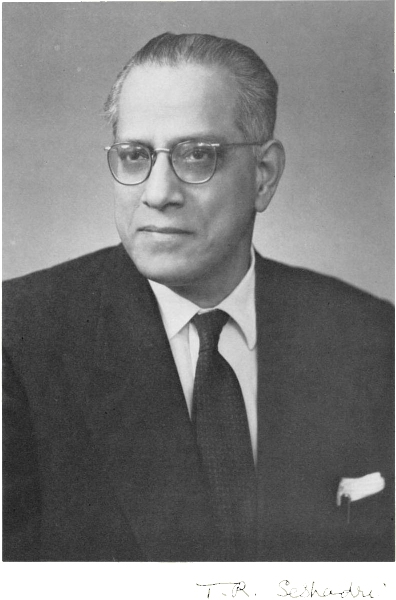
This is how Nobel Prize nomination process works.
The Nobel committee extends invitations to distinguished scientific dignitaries in each field – Physics, Chemistry and Medicine – who are requested to nominate a deserving scientist of their choice.
No individual is allowed to nominate himself/herself for the coveted Prize. The secretive procedure also prohibits the disclosure of the names of the nominees until after 50 years from the nomination.
Also Read: Saving Millions With His Work, This Unsung Doctor Almost Won India’s First Nobel in Medicine!
(Edited by Saiqua Sultan)
Like this story? Or have something to share?
Write to us: [email protected]
Connect with us on Facebook and Twitter.
If you found our stories insightful, informative, or even just enjoyable, we invite you to consider making a voluntary payment to support the work we do at The Better India. Your contribution helps us continue producing quality content that educates, inspires, and drives positive change.
Choose one of the payment options below for your contribution-
By paying for the stories you value, you directly contribute to sustaining our efforts focused on making a difference in the world. Together, let’s ensure that impactful stories continue to be told and shared, enriching lives and communities alike.
Thank you for your support. Here are some frequently asked questions you might find helpful to know why you are contributing?


This story made me
-
97
-
121
-
89
-
167













